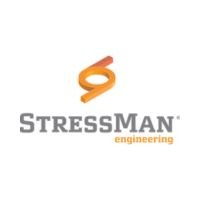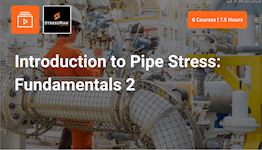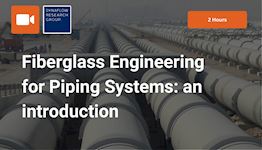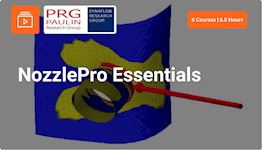Introduction to Pipe Stress Engineering: Fundamentals 1
Why take this course?
This self-paced course offers a comprehensive foundation in Pipe Stress Engineering, covering design philosophy and practical examples to enhance your understanding. It equips professionals to engage confidently with colleagues, vendors, and clients while exploring optimization and cost reduction strategies. The course includes video lectures, quizzes, and awards a certificate with PDH credits upon completion.
What you'll learn
After this courses, you...
• Understand the different loads relevant for pipe stress and their combinations,
• Know the different codes & standards related to pipes and connected equipments, and their context,
• Understand the differences for pipe stress analyses of different types of systems,
• Know how to perform a Piping Stress Criticality Selection and perform pipe wall thickness calculations.
About the course
This course by Stressman Engineering gives you a strong base and understanding of Pipe Stress Engineering. It will enhance your discussions with colleagues, vendors and clients and refuels you with inspiration and knowledge. In a set of online modules, you learn to understand the design philosophy of pipe stress. With practical examples, the instructors will provide you with a prominent course and give you a complete overview.
The course provides a broad context of the concepts, insights into possibilities for optimization and cost reduction, and a strong base for deeper discussions with colleagues, vendors and clients.
Who should attend this course
• Piping Design Engineers & Piping Design Leads which are required to understand the basics of pipe stress engineering to make the right decisions.• Junior Pipe Stress Engineers with 0• 3yr experience.
• Mechanical, Process and Structural engineers that require a broad perspective on piping system design.
Prerequisites
Technical backgroundProgram & Details
-
Welcome
1. Welcome & Your instructor
2. Content overview
3. How to use this course -
Course 1 - Why do a Pipe Stress Analysis?
1. Definition
2. What is a Piping Stress Analysis?
3. Why do a stress analysis? -
Course 2 - Back to Basics
1. Force & moment
2. Material Stress
3. Most common types of stress - Part A
4. Most common types of stress - Part B
5. Piping loads classification: Primary loads
6. Piping loads classification: Secondary & Occasional
7. Piping loads classification: Primary vs. Secondary
8. Piping loads classification: Dynamic loads
9. Piping loads classification: Summary and further discussion -
Course 3 - Stress analysis on various systems
1. Types of loads
2. Piping vs. Pipelines - Part A
3. Piping vs. Pipelines - Part B
4. Piping vs. Pipelines - Part C
5. Onshore vs. Offshore
6. Piping stress analysis scenarios - Part A
7. Piping stress analysis scenarios - Part B
8. Piping stress analysis scenarios - Part C
9. Pipeline stress analysis scenarios - Part A
10. Pipeline stress analysis scenarios - Part B
11. Static vs. Dynamic: Stress analysis -
Course 4 - Piping Codes & Standards
1. Codes & Standards for Pipe Stress
2. ASME codes on the spot
3. European codes on the spot
4. International standards
5. ASD vs. LFRD
6. Onshore / offshore: piping codes
7. Other international & local: piping codes
8. Recommended document -
Course 5 - Equipment Codes & Standards
1. Introduction
2. Equipment codes in process piping systems
3. Overloaded nozzles
4. Overloaded nozzles: further discussion
5. Centrifugal pumps
6. Positive displacement pumps
7. Centrifugal Compressors - Part A
8. Centrifugal Compressors - Part B
9. Reciprocating Compressors
10. Steam turbines
11. Shell & tube heat exchangers
12. Plate: heat exchangers
13. Air-cooled: heat exchangers
14. Remaining equipments
15. ASME vessels & columns - Part A
16. ASME vessels & columns - Part B
17. PD5500 vessels & columns
18. Onshore pipelines: equipment & components
19. Offshore equipment: codes
20. Plastic piping: codes -
Course 6 - Types of stress analysis
1. Introduction & summary
2. Stress critically selection: Definition
3. Types of stress analysis: Visual analysis
4. Types of stress analysis: Manual analysis
5. Types of stress analysis: Comparison
6. Computational analysis: FEA type
7. Computational analysis: Static vs. Dynamic - Part A
8. Computational analysis: Static vs. Dynamic - Part B
9. Selection methods
10. Stress Critically: Selection Examples -
Course 7 - Wall thickness calculation
1. Wall thickness calculation per ASME B31. 3
2. Weld Joint Quality Factor, E
3. Weld Joint Strength Reduction Factor, W
4. Material Coefficient Factor, Y
5. Considering Corrosion Allowance
6. Wall thickness calculation per ASME B31. 8
7. Examples under B31. 3 Chapter II, based on OD
8. Examples under B31. 3 Chapter II, based on ID
9. Examples under B31. 3 Chapter IX, high pressure piping (OD)
10. Examples under B31. 3 Chapter IX, high pressure piping (ID)
11. Examples under B31. 8 Chapter VIII -
Final Notes & Certificate
1. Congratulations
2. Course evaluation survey
3. Your Personal Certificate
4. Rate this course
5. Related courses
Certification
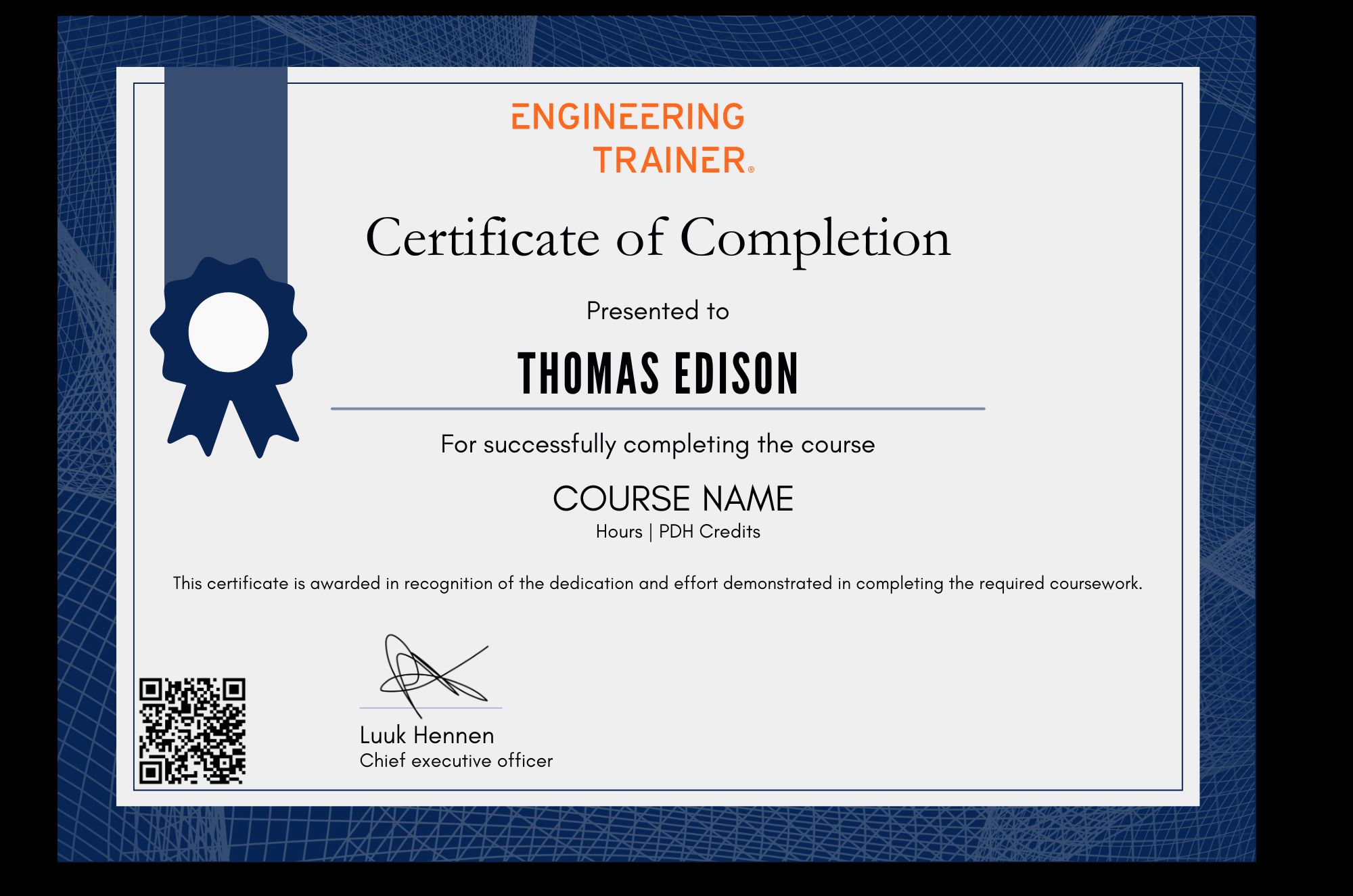

Why choose EngineeringTrainer?
-
Earn a course certificate
-
Courses by Industry Authorities
-
Advance Technical Competences
This course is one of the best I have seen with a high content of information for pipe stress engineering, supported with references in codes and standards, and showing very clear examples.
Daniel Melgar, Piping Engineer



